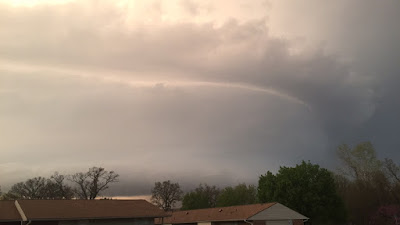Week 3 Lab: TEDEd Style Videos
The power of creative constraints
- Cost, materials available, and laws of physical are all creative constraints on ideas
- Play role as drivers of discovery/invention
- Essential part of experimental design
- Solutions to experimentation must recognize the limitations of technology when created to advance said technology
- Can be iterative (ex., how to build a parachute to land a rover) and/or innovative (ex., how to build a better parachute when the current one does not work)
- The failures of one experiment can lead to solutions for others
- According to Joseph Campbell, all heroes follow the same plot
- Call to action (like an invitation or challenge)
- Assistance (typically someone older and wiser to help)
- Departure (leaves safe home and enters new adventure or world)
- Trials (like solving a riddle, defeating a monster, etc.)
- Approach (biggest conflict for the hero)
- Crisis (likely faces death or dies)
- Treasure (hero comes back stronger and earns some power or recognition)
- Result (varies in different stories)
- Return (hero comes back to his safe home)
- New life (must learn how to live as a hero in his home)
- Resolution (all the different plots are resolved)
- Status quo (same as before, but upgraded)
- Exists in all human cultures and continues to be updated
- Fictional worlds operate consistently along a spectrum of physical and societal rules, making them believable and comprehensible
- Questions and methods to use when building a new fictional world:
- Start with basic place and time
- Create a timeline of how the fictional world came to be
- Brainstorm ways to bring out details of the fictional world
- What rules are in place? Physical, societal, etc.
- Who holds power?
- What do the residents believe in?
- What is valuable to society?
- Where do the residents live?
- How do the residents eat, play, etc.?
- How to the residents relate to animals or plants in the fictional world?
- Once you know your fictional world as well as you want your readers to, set your characters free in it and see what happens
- Named after George Orwell, who wrote the book 1984, and is typically used to mean "authoritarian", but this does not convey the full message that Orwell was trying to convey
- Orwell strongly rejected tyranny and was concerned with how ideologies such as this came to be
- One of his important insights was how language plays a huge role in shaping our thoughts and opinions
- In 1984, the government controls its citizens' lives by creating a new history, telling people that bad things are actually good (ignorance, slavery, war, etc.), and adjusting their language to remove words for critical thought; the citizens become reliant on whatever the government tells them and they believe what they are told
- Orwell was trying to convey that although this seems like it can only happen in an authoritarian government, it can happen in a democratic one too (which is why the common definition is wrong)
- A deceptive and manipulative use of language is a better definition for the word Orwellian
- In fiction, being descriptive is important for allowing readers to mentally picture what is happening
- Ex., when describing someone sick, just saying that they are "nauseated and weak" allows the reader to know what the character is feeling, but describing specifically what the character is going through allows the reader to feel what they are feeling
- Must engage the senses of the reader to immerse them
- Cliches keep the reader from immersing because they are so overused
- Nominalizations are nouns made from other parts of speech
- Academics, bureaucrats, lawyers, etc. all love using them, but they hurt existing words
- Causes sentences to lose the ability to describe WHO is doing WHAT
- Help express complex ideas, but can impede clear communication
- Too many nominalizations will put readers to sleep!
- Rhythm and repetition are central to the human experience, but in writing it is commonly just used in poetry
- Too much repetition is of course a bad thing, but when used correctly can be great
- Ways of creating a poetic pattern include:
- Rhyming, likely at the end of lines, to create an expectation
- Assonance, a repetition of a vowel
- Consonance, a repetition of consonants
- Writers must find a balance between when to repeat and meet expectations and when to riff and not do what is expected


Comments
Post a Comment